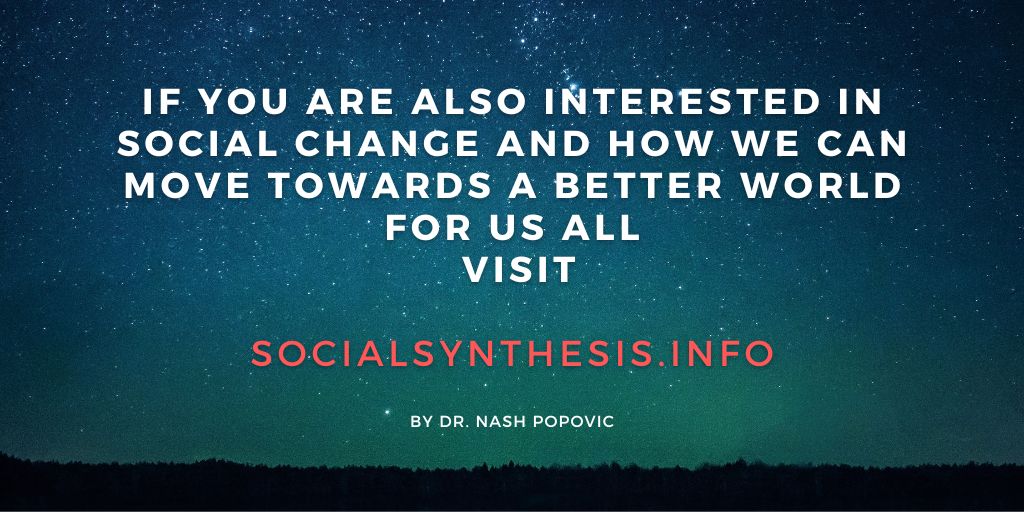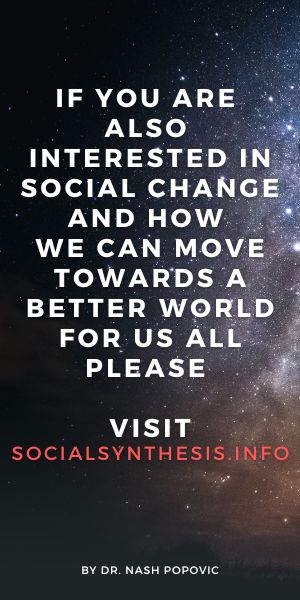6. Emotional Regulation
Anyone can become angry – that is easy. But to be angry with the right person, to the right degree, at the right time, for the right purpose, and in the right way – this is not easy.
Aristotle (Ancient Greek philosopher)
As indicated in the introduction to this group, emotional reactions are different from feelings. They are typically responses to what we feel, conveyed vocally or through body language and actions (frowning, crying, laughing, blushing, running away, shouting and kicking are some common examples). Although these reactions seem involuntary, there is actually much we can do about them.
Managing emotions
Emotional reactions have multiple purposes. They are a way of showing others how we are feeling and can provide us with extra energy and motivation. So, giving yourself a pep-talk or invoking inspirational images when you need the latter can make a real difference. On the other hand, emotional reactions are not always appropriate even if enjoyable (e.g. laughing at a funeral) and can be a hindrance than help when dealing with challenging situations. There are several reasons for that:
- Emotional reactions impair your cognitive, assessment and decision-making abilities (try to do maths when emotional, and you will see how much more difficult it is than otherwise).
- They are unlikely to resolve anything, but if they take over, you may do or say something you will regret later.
- They almost never have a desired effect – in fact, they usually make things worse and do not even make you feel better. For example, research suggests that just giving vent to anger does ‘little or nothing to dispel it’.[i] Yet, it can become a vicious circle: the more you do it, the more easily it is set off.
For these reasons, you should ideally deal with your emotional reactions and the situation separately. This may not always be possible, though, so we will also look at what to do in the heat of the moment as well as afterwards. Finally, we will suggest how to train yourself to respond to triggering situations the way you want.
Dealing with your reactions first
When you notice the welling of emotions, such as anger or upset, if you can, move away from the trigger and address them first:
- Slow down the slide: acknowledge your reaction and then expend its energy on a cooling-off activity: go for a walk or run, have a good cry, or express yourself in writing (which you can destroy later). Beating a cushion or something else soft is another way of letting off steam (but don’t vent your frustration on someone who has nothing to do with it). At this step, avoid, at all costs, running an imaginary argument in your mind, as that only adds more fuel. You can address the issue in step 3.
- Halt the slide: separate facts from interpretations (e.g. what somebody said is a fact but assuming, for example, that they wanted to hurt you is your interpretation). To stop the slide, accept the facts, but put on hold what you are adding to them.
- Turn the corner: when you calm sufficiently, consider how to interpret (see Feelings) and attend to the issue constructively.
However, we cannot always leave the situation to attend to our emotions, so let’s see what we can do in the heat of the moment.
In the tick of it
Suppressing or blocking your emotions can be useful if dealing with difficulty or leaving an impression has to be prioritised (e.g. in an emergency or at a job interview). However, an attempt to suppress your reactions can create an inner conflict that diverts your attention and energy from the situation. Furthermore, it can lead to completely shutting down, which may be even worse than letting your emotions out, particularly for close and important relationships. So, the following may be better in many situations.
Defusing your reaction or turn down the emotional valve:
- Notice and acknowledge your reaction (“I am getting angry”)
- Don’t ask yourself if it is justified (anger always thinks it is); ask if there is a point to it, if getting angry will do any good
- Relax and breathe its energy out (see Breathing Exercises)
- If possible, try to see the funny or light side of the situation or take a larger perspective, put the situation in context. Prioritise by asking yourself what really matters in this situation
- If you can’t completely change your reaction, at least soften it up – you may be upset, but you don’t need to be upset in a hard, righteous and uncompromising way. Don’t let your emotional reactions communicate instead of you
After the event
Emotional reactions usually spontaneously diffuse after an event (you probably don’t remember most situations in which you were angry or upset). There are, however, two common instances when this does not happen, and they need to be addressed:
- Keeping your reactions suppressed: it is well known that this can have negative consequences for the body and mind[ii]. This exercise can help you release even those emotions suppressed long ago. Try it first with mild negative emotions or positive ones such as joy or pride (they are often suppressed, too):
Unblocking emotions: make sure that you will not be disturbed. Relax and start writing about a situation in which you suppressed your reaction without holding anything back. Remember, you can destroy your writing afterwards and nobody will every see it. As it is now safe, your emotions should start spontaneously ‘spilling out’. Allow them to pass through without interference or judgement. If this process brings up other memories, register but don’t dwell on them; just keep writing. After a while, your emotional reaction should subside (but it may reveal underlying feelings – to address them see Feelings).
- Feeding your reactions with thoughts that justify them (i.e. righteousness) can create an endless loop between thoughts and emotions such as anger. This only hurts you as it is all in your mind, so be kind to yourself and either do something constructive about what still bothers you or let it go.
Emotional freedom
All the above is about what to do with unhelpful reactions. Here, we will go a step further and suggest how to train yourself to react in the way you want. You do not need to be a slave to your emotional reactions – you can choose them rather than react automatically. However, this is difficult to do in the heat of the moment, so you need to make your pick and practice it first, which will increase your confidence and prepare you for real situations.
Start by thinking about how you would ideally like to react in a particular situation. Here are some options to consider:
- Turn your emotional reaction into another one. Basic emotions seem to be mutually exclusive (e.g. it is not possible to react with fear and anger at the same time), so you can let another reaction take over. For example, you get panicky in a stadium full of people, but you focus on cheering your team, and the initial reaction disappears! Love, compassion, courage, humour, pride and passion (e.g. couples can turn their anger into passion) are just some possible alternative reactions.
- Get serious instead of having an emotional reaction. This involves not taking things personally and responding to the situation calmly but assertively, like a professional.
This exercise can help you put your choice into practice:
Emotional freedom:
- Imagine the instance in which you overreact or react inappropriately and think about how you would ideally like to react in such situations.
- To reduce the grip of your habitual reactions, act them out first – make faces, gesticulate or pretend that you are shouting, but without emotions involved.
- If you notice any underlying feelings that you haven’t addressed, attend to them first (see Feelings).
- Recall the way you want to react and imagine doing so.
- Repeat it in your mind till the new way of responding is established, and then try it in the real world.
[i] Goleman, D. (1995) Emotional Intelligence. London: Bloomsbury, 1996, p.64.
[ii] See, for example, Pennebaker, J. W. (1988). ‘Confiding Traumatic Experiences and Health’ in Fisher, S. and Reason, J. (eds) Handbook of Life Stress Cognition and Health. New York: John Wiley & Sons, p.670-671.

